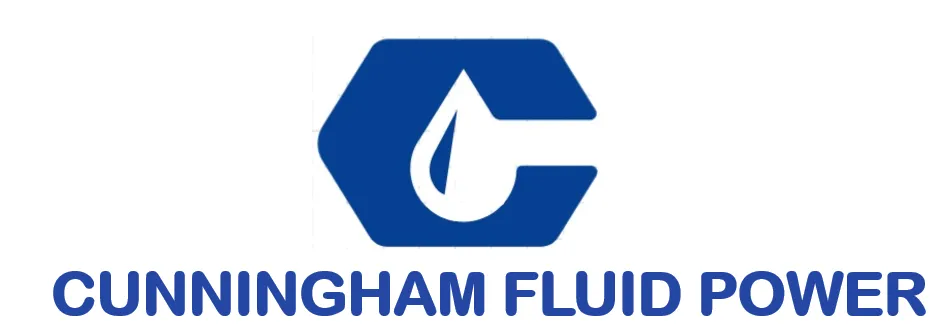Ultimate Guide to Sourcing the Best Hydraulic Pumps for Your Business Needs
In the realm of industrial machinery, Hydraulic Pumps play a crucial role in a variety of applications, ranging from construction to manufacturing. According to a report by Research and Markets, the global hydraulic pumps market is projected to grow from $12.56 billion in 2021 to $16.43 billion by 2026, reflecting an impressive compound annual growth rate (CAGR) of 5.5%. This growth is driven by the increasing demand for advanced hydraulic systems in sectors such as agriculture and automotive, where efficiency and reliability are paramount. As businesses strive to optimize their operations, understanding the dynamics of hydraulic pump selection becomes essential.
Choosing the right hydraulic pump is a complex endeavor that requires consideration of various factors, including performance specifications, application suitability, and budget constraints. The latest data from the International Fluid Power Society indicates that approximately 80% of hydraulic system failures are attributable to inadequate pump selection and maintenance. Thus, sourcing the best hydraulic pumps for your specific business needs is not just a procurement task; it’s a strategic decision that can significantly impact productivity, operational costs, and equipment lifespan. In this ultimate guide, we will explore key insights and practical tips to help you navigate the hydraulic pump landscape effectively.
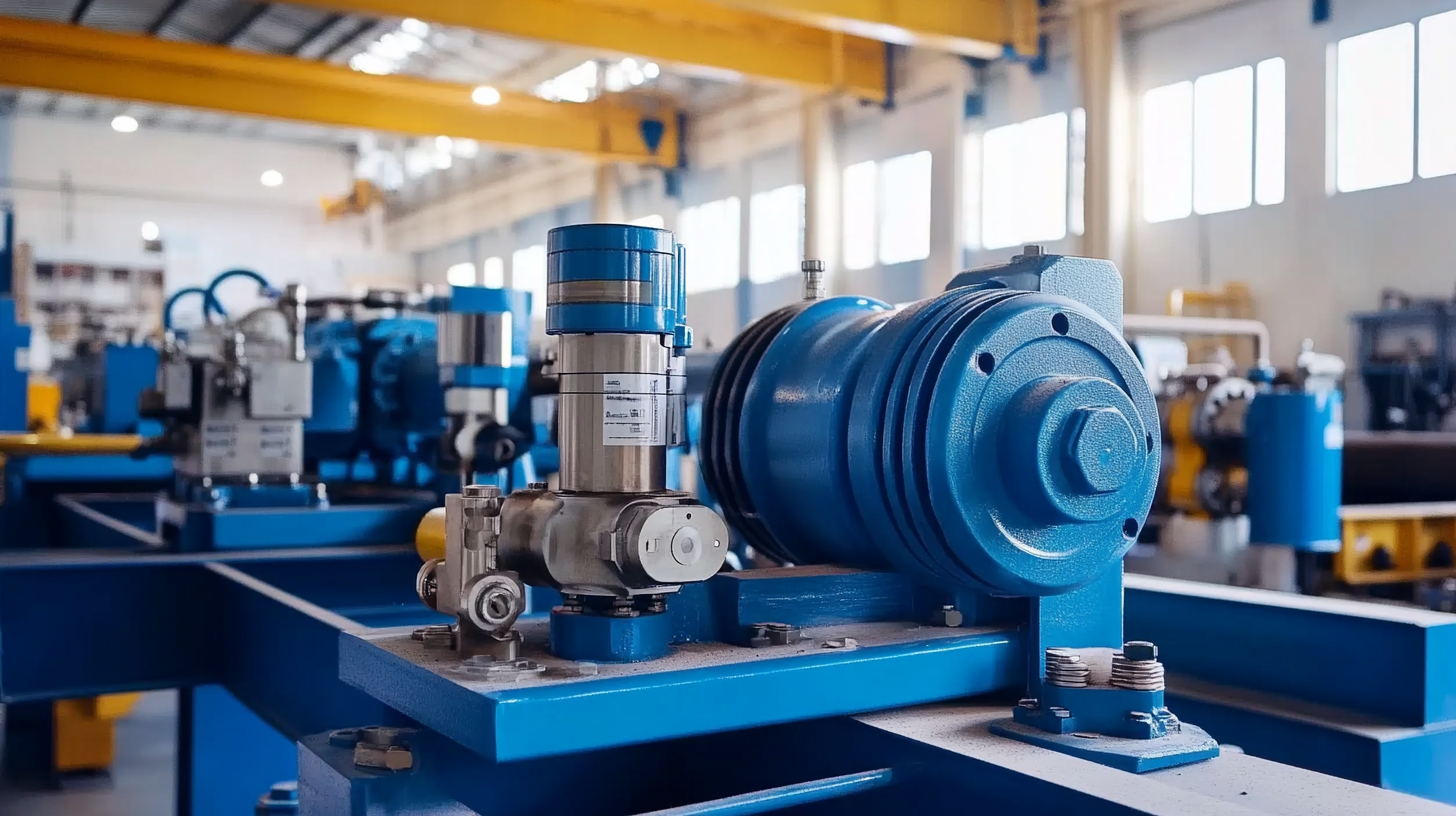
Understanding Different Types of Hydraulic Pumps and Their Applications
Hydraulic pumps are crucial components of hydraulic systems, serving as the powerhouse that drives various industrial applications. They operate by drawing hydraulic fluid from a reservoir and converting the mechanical energy from an engine or electric motor into hydraulic energy. This pressurized fluid is then transmitted to actuators that perform work, making hydraulic pumps essential for industries ranging from manufacturing to construction. Different types of hydraulic pumps are tailored to meet specific operational requirements. For instance, gear pumps are known for their simplicity and reliability in low-pressure systems, while vane pumps offer versatility and can handle medium-pressure applications effectively. On the other hand, piston pumps are favored in high-pressure applications due to their efficiency and ability to handle large volumes of fluid. Understanding the distinct characteristics and applications of these pumps can significantly enhance a business's operational efficiency by ensuring the right type is utilized for the intended job. Additionally, the market for hydraulic pumps is continuously evolving, with innovations aimed at improving performance, energy efficiency, and compliance with environmental regulations. With the projected growth in various sectors, such as automotive and construction, investing in the appropriate hydraulic pumps can provide businesses with a competitive edge. Being well-informed about these variations not only aids in making better purchasing decisions but also influences the sustainable practices that many industries are striving to adopt.
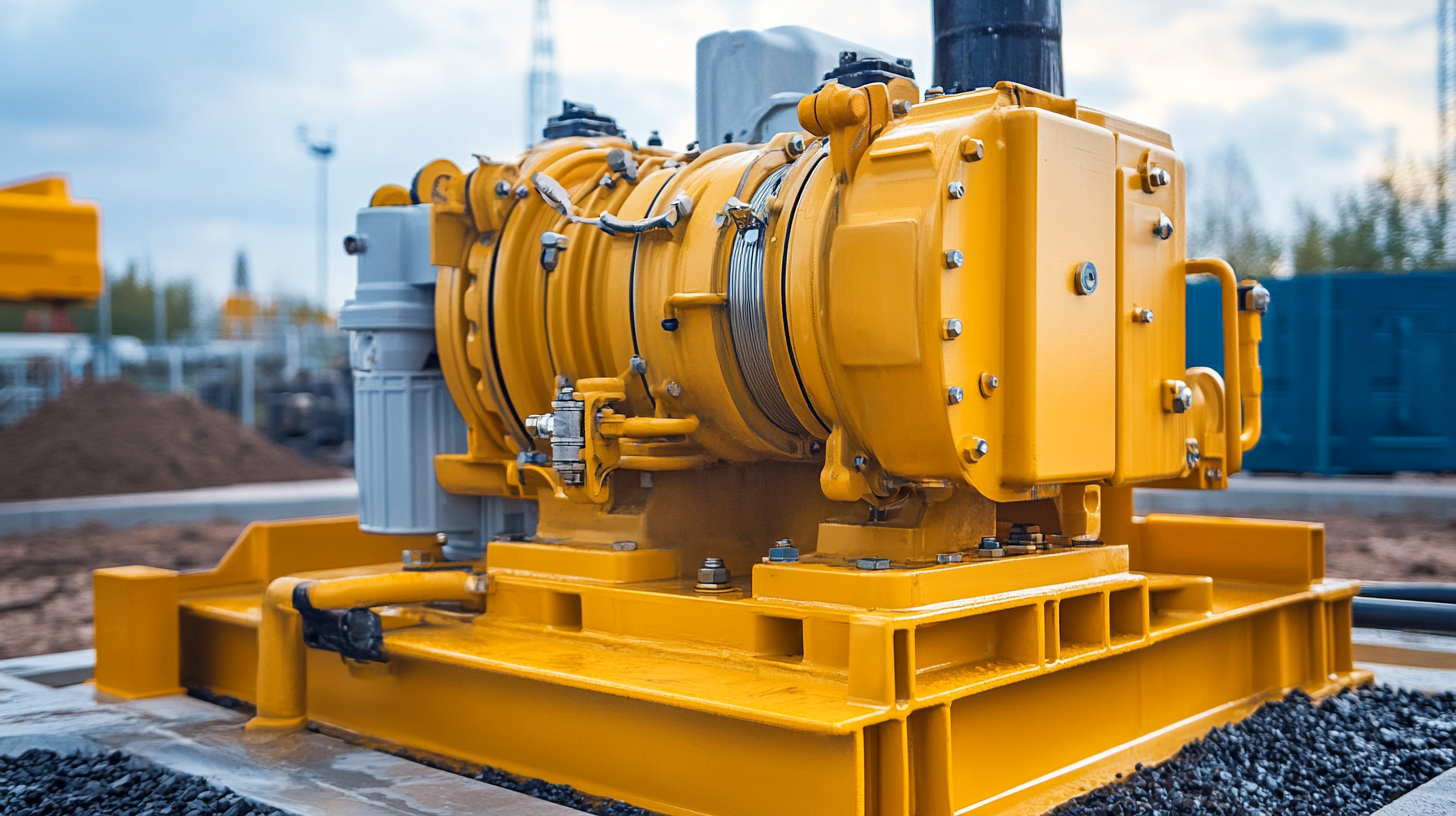
Key Factors to Consider When Selecting Hydraulic Pumps for Your Needs
When selecting hydraulic pumps for your business needs, it's essential to consider several key factors that can significantly impact performance and efficiency. One of the most critical aspects is the pump type that best suits your application. Different types of hydraulic pumps, such as gear, vane, and piston pumps, offer varying levels of power and fluid displacement. Understanding the specific requirements of your operation, including the required flow rate and pressure, will help determine the most suitable option.
Another important factor is the fluid compatibility of the pump materials. Hydraulic systems can utilize various fluids, from water to specialized hydraulic oils. Therefore, ensuring that the materials used in the pump construction can withstand the chosen fluid is crucial for longevity and functionality. Moreover, considering the environmental conditions, such as temperature and potential contaminants, will guide you in selecting a pump that will operate efficiently under your specific circumstances.
Efficiency ratings and energy consumption are also pivotal when choosing hydraulic pumps. Pumps that operate efficiently not only improve system performance but also reduce overall operational costs. Analyzing the energy requirements and output levels can help identify pumps that deliver optimal results without wasting resources. Ultimately, balancing these factors with your budget considerations will lead to an informed decision that enhances your business’s operational capabilities.
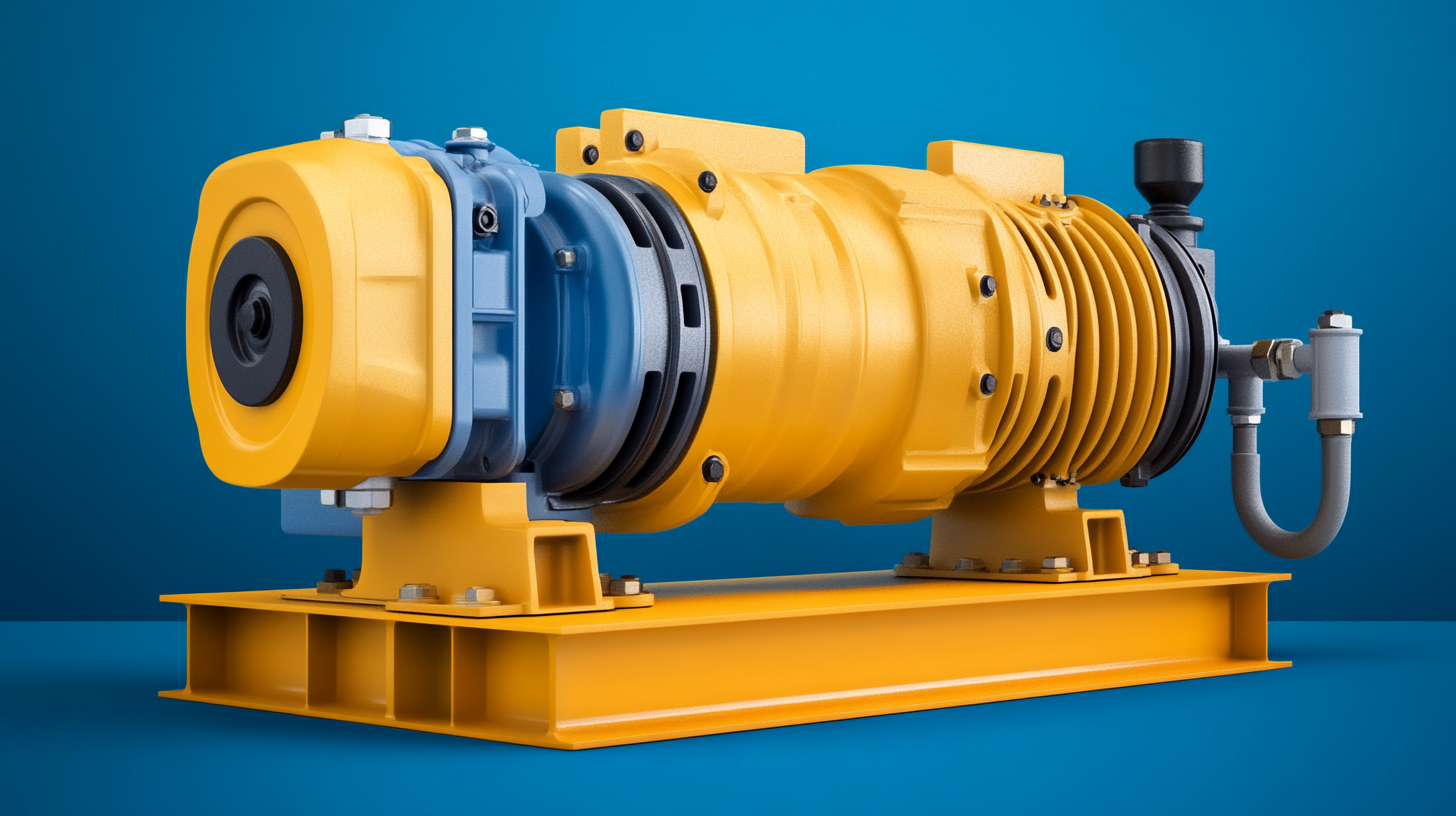
Evaluating Performance Criteria: Pressure, Flow Rate, and Efficiency
When sourcing the best hydraulic pumps for your business needs, evaluating performance criteria like pressure, flow rate, and efficiency becomes paramount. According to a report by the Hydraulic Institute, the efficiency of hydraulic pumps can vary significantly, with high-performance models reaching efficiencies of up to 90%. This level of efficiency is not just a number; it translates to lower operational costs and improved energy savings, essential for businesses looking to optimize their hydraulic systems.
Pressure is another critical factor to consider. Typical industrial hydraulic systems operate between 1,500 to 3,000 psi, but specialized applications may require pumps capable of generating even higher pressures. For instance, a comparative study published in the Journal of Hydraulics found that gear pumps could achieve high pressures effectively, making them a reliable choice for heavy-duty applications. Ensuring that the hydraulic pump you choose aligns with the pressure requirements of your operations can prevent costly downtimes and equipment failures.
Flow rate, measured in gallons per minute (GPM), also plays a vital role in selecting the right pump. A comprehensive study on fluid dynamics highlighted that maintaining the optimal flow rate is essential for maximizing system performance. For example, a flow rate mismatch can lead to cavitation, which not only affects pump performance but can significantly reduce the lifespan of your equipment. Therefore, understanding the flow requirements of your application is crucial for selecting a hydraulic pump that will not only meet but exceed your expectations.
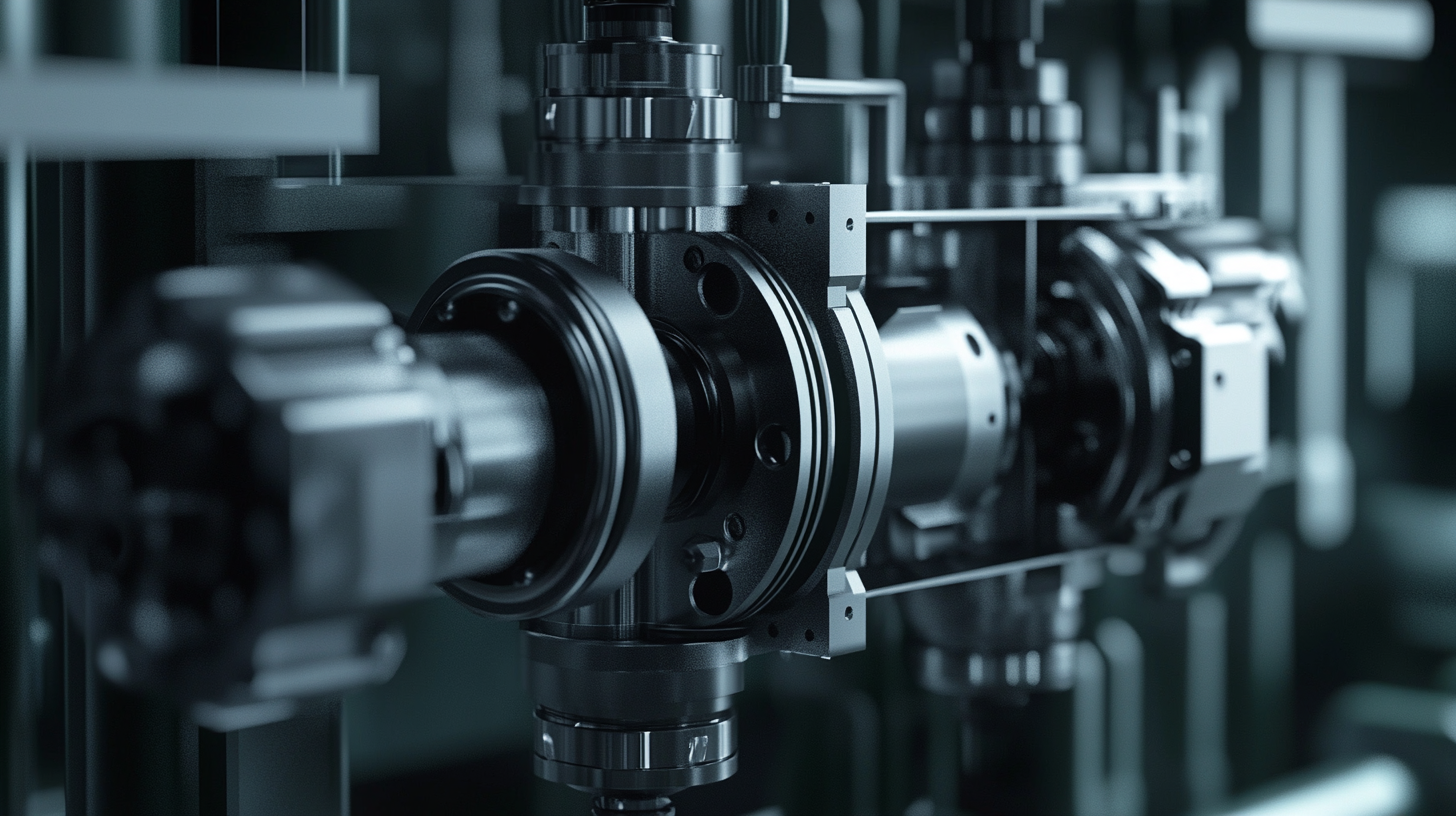
Maintenance Best Practices for Prolonging the Life of Hydraulic Pumps
Proper maintenance of hydraulic pumps is crucial for extending their lifespan and ensuring optimal performance. According to the International Fluid Power Society, regular maintenance can increase the longevity of hydraulic systems by up to 25%. This not only saves costs in the long run but also minimizes unexpected downtimes that can disrupt business operations.
One highly effective maintenance practice is to regularly check and replace hydraulic fluids. Studies indicate that maintaining proper fluid cleanliness can reduce wear on hydraulic components, potentially lowering repair costs by as much as 30% (Hydraulic Institute Report, 2021). Additionally, monitoring lubricant conditions can help in identifying potential issues before they escalate into significant failures.
Another critical aspect of maintenance is the inspection of hydraulic seals and fittings. It is recommended to inspect these components at least every six months, as failure to do so can result in hydraulic fluid leaks and diminish system efficiency. The National Fluid Power Association emphasizes that addressing small leaks promptly can prevent overall system degradation, which often leads to costly repairs and extensive downtime.
Implementing a predictive maintenance program powered by data analytics can further enhance the longevity of hydraulic pumps. A report by McKinsey & Company notes that predictive analytics can reduce maintenance costs by 10-30% while improving equipment reliability. By leveraging technology, businesses can foresee potential failures and maintain their hydraulic systems effectively, ensuring they operate at peak efficiency over their lifespan.
Common Mistakes to Avoid When Sourcing Hydraulic Pumps for Your Business
When sourcing hydraulic pumps for your business needs, it's crucial to avoid common mistakes that can lead to inefficiencies or even accidents. One of the most frequent errors is not having a clear purpose for the system you're designing. According to industry reports, nearly 64% of hydraulic system failures stem from a lack of defined objectives during the modeling phase. A purpose-driven approach ensures that you select components that meet specific operational requirements, reducing the likelihood of costly oversights.
Another mistake that many overlook is the environment in which hydraulic systems operate. Allowing hydraulic oil to become wet and warm can create a breeding ground for bacteria and contaminants, potentially leading to system failures. Research emphasizes that maintaining optimal temperature and cleanliness can significantly increase the lifespan of hydraulic equipment. It's also essential to consider the viscosity of the hydraulic fluid used; a multigrade hydraulic fluid can enhance efficiency, as it adapts better to varying temperatures and pressures, ultimately improving operational reliability.
Lastly, operators must be educated on the fundamental principles of hydraulic systems. Statistics show that nearly 45% of hydraulic failures are attributed to operator error. Basic training on hydraulic troubleshooting can help prevent common mistakes, such as overheating or improper maintenance practices that wear down hydraulic components prematurely. Staying informed and proactive can make a substantial difference in the effectiveness and safety of hydraulic operations in your business.
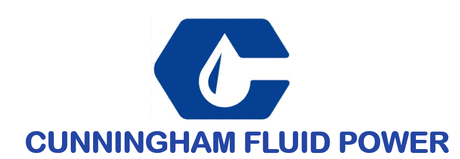
We have over 30 years of experience in designing complete hydraulic systems, repairs and distribution of fluid power equipment and parts.
FOLLOW US ON :
Contact Details
Address:
4020 SE 45th CT.
Ocala, FL 34480
Phone No:
Email:
sales@cunninghamfluidpower.com
